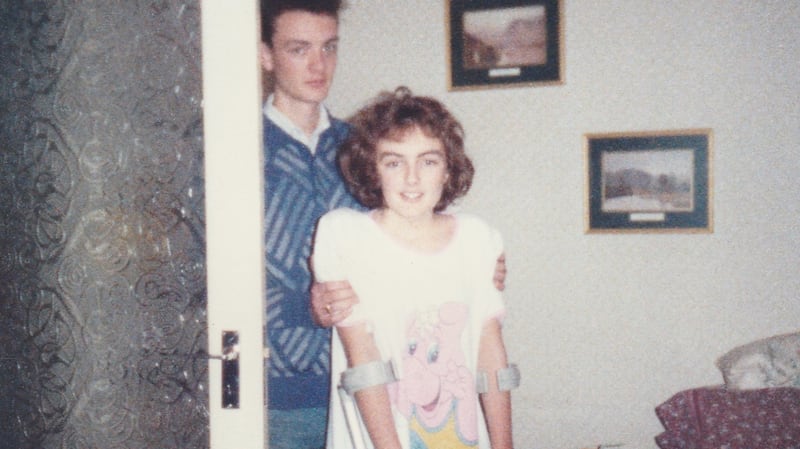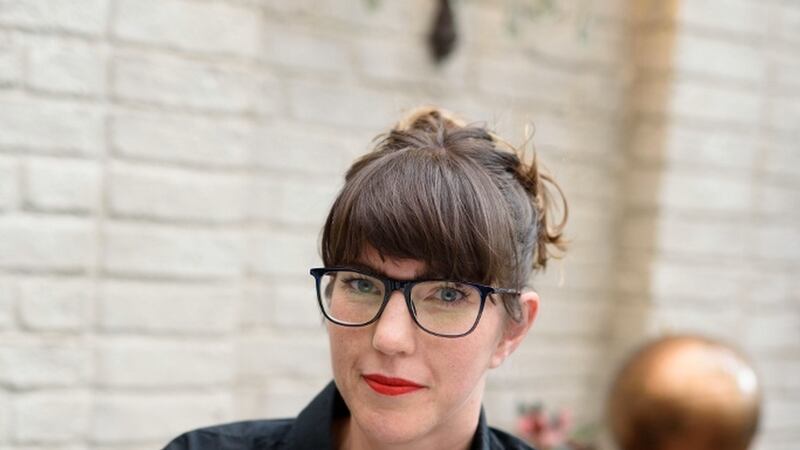“Illness is an outpost: lunar, Arctic, difficult to reach,” writes Sinéad Gleeson in her essay collection Constellations (2019). It is, she contends, “the location of an unrelatable experience never fully understood by those lucky enough to avoid it”.
These lines have taken on an urgent new meaning in the last few months as the Covid-19 pandemic has ravaged the globe, and the boundary between illness and wellness has become porous. We cannot be sure who will become ill, how, or when, and whether or not they will recover. Illness, once a “lunar outpost”, has now become a familiar landscape, as ordinary as the well-trodden terrain of a back garden.
The pandemic has brought illness home to us, and yet, many who have lived with the devastating effects of this disease struggle to adequately convey their experiences of it. In dealing with the psychological tolls of the pandemic, we may be left wondering if illness narratives can serve as more than human interest stories of personal suffering and actually work to provide clues as to how to cope with serious illnesses.
In the months before Covid-19 broke out in the US, I was teaching a writing class for first-year college students in Chicago focusing on illness, narrative and medicine. At the time I was also reading Pandemic 1918 (2018) by Catharine Arnold, an account of how the influenza that killed more than 50 million people affected major cities across the US.
As the days passed and the situation with the Covid-19 pandemic worsened, I found it difficult to read accounts of the chills, fever, and fatigue that plagued the 1918 flu victims: of the blue skin and lips, and the lungs that filled with fluid. My 73 students, whose first year of college had been cruelly disrupted, could not be so easily cast aside. As emergency remote learning took hold and the students tuned into class from laptops and phones in their homes, the topics we were discussing, such as how narrative can be used by doctors to provide better medical treatment, began to take on a new relevance.
Students now physically confined found some freedom by writing about quarantine in journals. They achieved new perspectives on illness as we read and discussed excerpts from Susan Sontag’s Illness as Metaphor (1978) and Rita Charon’s Narrative Medicine (2006), alongside real time accounts of the virus that was tearing through our city, fracturing lives. These readings and discussions provided us with a vocabulary for discussing the experience of illness, even if fully understanding what others feel remains ultimately unknowable.
Illness narratives – accounts of sickness written by patients, medical professionals, or caregivers – are, by their very nature, difficult to write and to analyse. In her 1930 essay, On Being Ill, Virginia Woolf points out that while literature is full of descriptions of love, “let a sufferer try to describe a pain in his head to a doctor and language at once runs dry. There is nothing ready made for him.” This lack of a vocabulary for pain becomes problematic not only in a literary context, but in a medical one as well.
In our attempts to convey suffering to medical professionals we borrow words of violence: shooting, stabbing, burning, sharp, piercing, words that, as Elaine Scarry’s The Body in Pain (1985) highlights, are associated with destruction. This conflation of pain and violence renders the patient broken and powerless. The failure of language to convey painful experience is in some ways indicative of a larger problem with modern medicine: it relies on a diagnostic system of scans and test results that distances care givers from patients and deprives patients of control of their own bodies.
In an effort to remedy this problem, medicine has, in the past two decades, turned to a patient-centred care model. Concomitantly, we have witnessed a rise in the publication of illness narratives, the most famous of which is perhaps, the New York Times best selling, When Breath Becomes Air (2016). Written by neurosurgeon Paul Kalanithi, the book details the impact a diagnosis of inoperable lung cancer had on his life and his relationship to his medical practice. Books about illness and the end of life are still a mainstay of the north American non-fiction bestseller lists as western society struggles to come to terms with mortality.




In Ireland several highly acclaimed memoirs that deal with illness, both mental and physical, have been published in the past three years. Arnold Thomas Fanning’s Mind on Fire (2018) offers a harrowing account of bipolar depression and the devastating impacts it has had on the author’s life as well as detailing his recovery. Emilie Pine’s Notes to Self (2018), though not strictly an illness narrative, includes a memorable essay on her father’s serious illness in an understaffed Greek hospital that is lacking in medical supplies. Pine also includes essays on issues like infertility and menstruation that powerfully convey the experience of inhabiting a woman’s body.
Similarly, Gleeson’s Constellations scrutinises institutionalised medicine from the perspective of the patient, providing vivid accounts of hospitalisation, bodily pain, and the ways that pain is often denied by medical professionals. In their accounts of illness these memoirs offer more than voyeuristic views into individual consciousness, providing a glimpse of the ideologies that underlie modern medicine, which often silence patients’ voices.
Since the outbreak of Covid-19, first-hand accounts by patients who survived the virus have dominated the news. These narratives are fascinating because they address our fears and questions surrounding the virus: What are the symptoms? How will I know if I have it? Running the gamut of inspiring tales of recovery to haunting stories of relapse and dying alone, these narratives force us to confront the horrors of the virus, but they also connect us to each other by creating a shared sense of grief over what has been lost.
There are the obvious losses of daily pleasures like the freedom to wander city streets purposelessly (and masklessly); the chance to chat with strangers at a gig or in a pub; to attend school or work; to eat out at restaurants without worry; and to visit family and friends. Then there are the more serious repercussions such as social isolation, loss of jobs, depression, anxiety, and most significantly, the loss of communal life, including rituals of mourning and of celebration.
Some of these communal rights might be strong enough to survive this challenge, and will return. Certainly, we have found ways of virtually attending funerals, weddings, birthdays, and anniversaries, but this ability to be “everywhere” in video form also has its downsides. In a modern world reliant on new technologies, a key part of our humanity, the physical aspects of our bodily experiences, are often forgotten. Thus, we may know someone has died because we heard it spoken or watched their funeral on a screen, but that death might not have registered as real because the physical rituals of death and mourning have only been observed from a distance.
As useful as illness narratives can be, like these video technologies, they have their limits. While they may provide insight into the experience of sickness and a sense of empathy with others, illness narratives cannot instruct us on how to manage a pandemic or provide a vision of what the future might hold. In a practical sense, historical accounts of the pandemic of 1918, like those in Arnold’s book might provide more useful information as to how we can improve governmental responses to the virus and control its spread. In this regard books like Ida Milne’s Stacking the Coffins (2018), which provides a fascinating account of how the flu affected Ireland during the revolutionary period, could be quite valuable.
Nevertheless, illness narratives that are not directly about the pandemic, such as those written by Gleeson, Fanning, and Pine, do offer something historical accounts cannot: they force us to consider what it means to occupy a body that is susceptible to breakdown and failure, and in this way confront us with the question of what it means to be human. While many of the narratives emerging from the Covid-19 pandemic directly address the virus and its repercussions, it will be interesting to see its indirect influence on literature and nonfiction written in its wake.
Bridget English is the author of Laying Out the Bones: Death and Dying in the Modern Irish Novel (Syracuse UP, 2018). She teaches in the English department at the University of Illinois at Chicago and coconvenes the Irish studies scholarly seminar at the Newberry Library. Her current book project is Self-Destructive Modernisms: Suicide, Medicine, and Failure in the Modernist Novel












